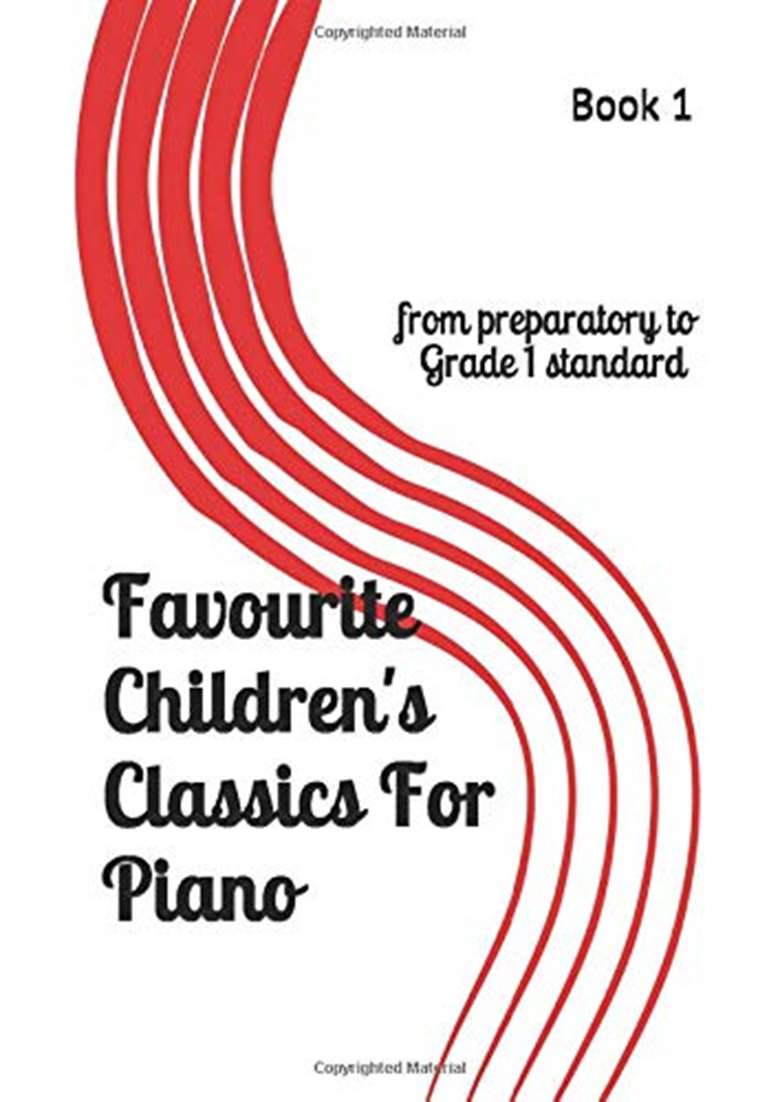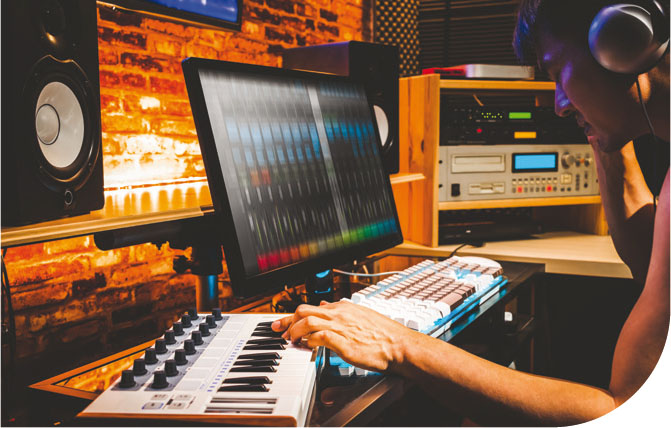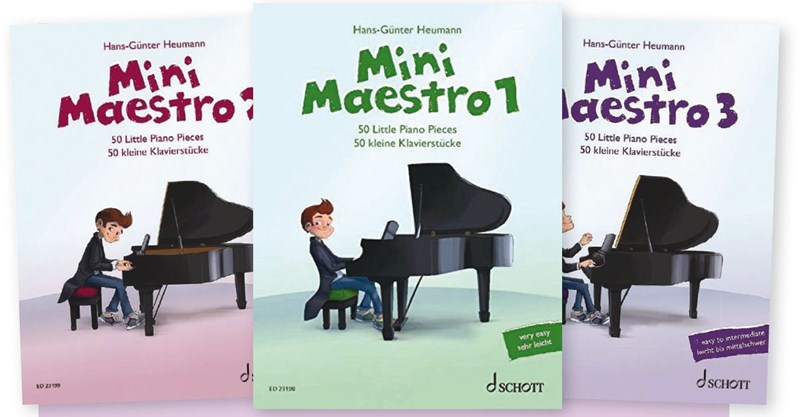Piano Sheet Music Reviews: Masterpieces for young players
Fiona Lau
Tuesday, September 1, 2020
Fiona Lau reviews Favourite Children's Classics for Piano arranged by Matt Walker and Books 1-3 of the Mini Maestro series by Hans-Günter Heumann, published by Schott Music.

Matt Walker is a Birmingham-based pianist, teacher and composer. His new book continues where his previous publication, Favourite Children's Songs for Piano, left off, running from preparatory to Grade 1 standard. Favourite Children's Classics for Piano includes 25 classical masterpieces, progressing logically from a simple C major Ode to Joy, through such favourites as Vivaldi's Spring, a lovely arrangement of Clair de Lune, to In the Hall of the Mountain King, and arrangements of a Chopin prelude and nocturne. They are all presented on an uncluttered page using a ‘big note’ font. My favourite piece is the bonus Soliloquy by Walker himself. I would love to see more of his compositions! This is a wonderfully enjoyable collection of tunes. I think Mr Walker limits himself unnecessarily with his focus on children as these pieces are likely to be enjoyed by teenagers and adults too.
Mini Maestro
Schott's music education publications are always of a high standard and their piano publications are generally beautifully printed, aptly illustrated, and pedagogically sound. Many readers will know Hans-Günter Heumann's series of piano books: Piano Kids, The European Piano Method (one of my favourite series), and his piano method The Classical Piano Method. The Mini Maestro three-volume collection presents little piano pieces, progressing from very easy to intermediate level. This corresponds very approximately to Prep exam level to Grade 5/6 pieces. Each volume is presented in chronological order across five centuries, stretching from the Baroque, Classical and Romantic eras to jazz, pop and minimal music. It includes the core repertoire we would expect to see, a few surprises, and some excellent attractive modern pieces from Heumann directly, as well as George Nevada, Tim Richards, Jürgen Moser, Mátyás Seiber, John Kember, Mike Schoenmehl, and Rainer Mohrs. Each volume includes three additional pieces for piano duet. All the books offer a progressive selection of pieces that can supplement any piano tutor method, and would be suitable for exams, competitions, concerts and recitals.
Mini Maestro 1: 50 Little Piano Pieces, very easy.
The book is divided into three parts: Part 1 comprises pieces in different five-note ranges, with simple rhythms, easy chord sequences, and up to one sharp or flat. The 30 pieces in this section include pieces by Praetorius, Hook, Le Couppey, Satie, Bartók, and Heumann. In Part 2, the 20 pieces span an octave and feature the music of Purcell, Telemann, Rameau, Turk, Clementi, Diabelli, Gretchaninoff, Dunhill, Bartók, Orff and others. Part 3 is the bonus section with three duets by Diabelli, Schubert, and Seiber. That works out at about 27p per piece! Each piece is clearly laid out with practical fingering added.
Mini Maestro 2: 50 Little Piano Pieces, easy.
There are 50 solo pieces and again, three duets – Diabelli (great for a GCSE ensemble choice), Schubert and Schoenmehl. You know a book is good when you play through the pieces and immediately think how you would teach a particular piece, or your mind flashes to a pupil who would enjoy playing it. There are the usual and very welcome suspects here: Blow, Handel, Haydn, Mozart, Beethoven, Schumann, Tchaikovsky, Bartók, etc and also a few little surprises: Block's Sonatina, Scotson's Tarantella, and an Orff Piano Study. I love the more modern pieces included such as Kember's Simply Blue, Nevada's When Paris Dreams, and Heumann's Modern Sonatina A la Clementi – a welcome alternative to the inevitable Clementi in many a competition Sonatina class!
Mini Maestro 3: 50 Little Piano Pieces, easy to intermediate.
I have circled so many pieces in the contents list to book 3. It is interesting to see Bach's Prelude in C major juxtaposed with Burgmüller's Arabesque, Schumann's Wild Horses, Beethoven's Bagatelle in A minor, Bartók's Study for the Left Hand, a Chopin Mazurka, and Satie's Gymnopedie. This is how I love to teach when I free myself from piano exams and a curriculum, and it is music my pupils love to play. Again it is the modern pieces and the duets sitting side by side with the excellent selection of progressively listed repertoire that makes this book so valuable. There are plenty of traditional and modern selections that pupils will enjoy learning and playing, GCSE possibles – solos and duets – all in one book. A must-have series.



